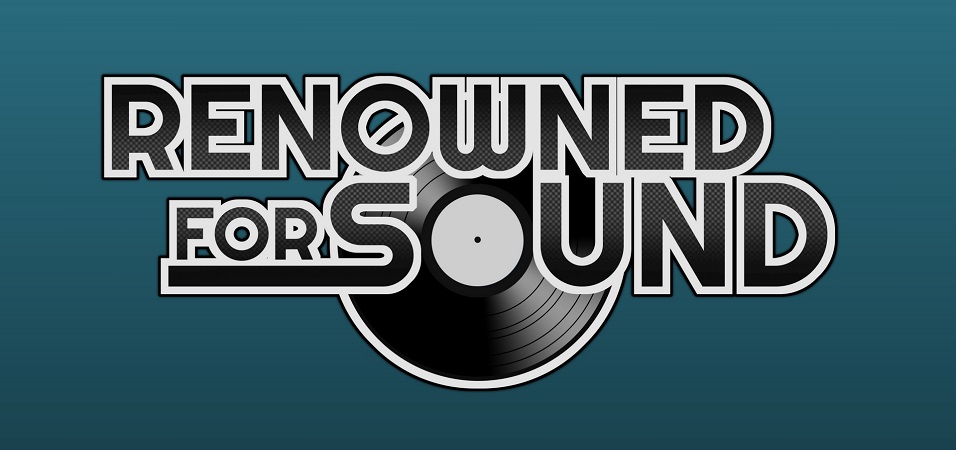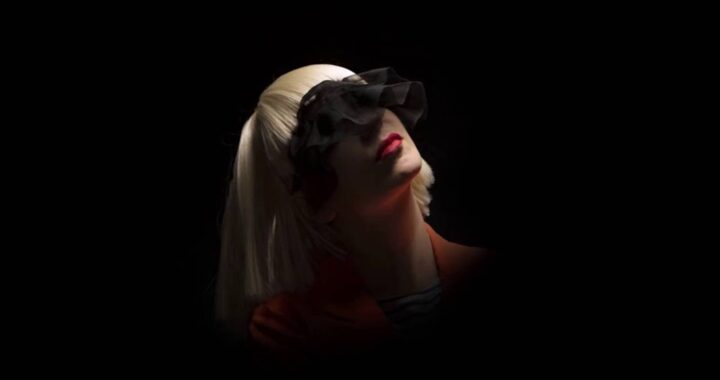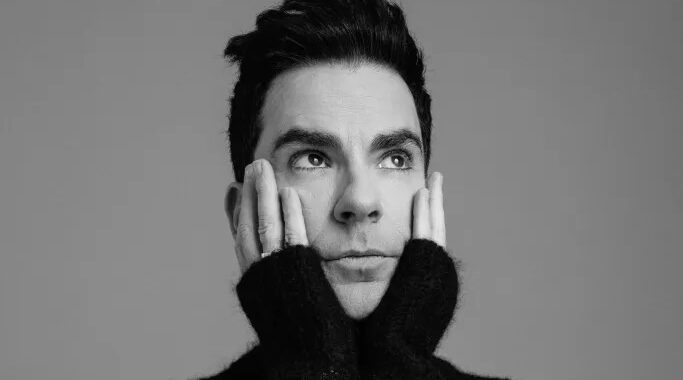Album Review: Steve Harley and Cockney Rebel – The Best Years of Our Lives
3 min read
Cockney Rebel was an English band that ran for a few years in the early 1970s. Despite the odd hit single, it disbanded (seemingly for good) in 1974. Despite this, frontman Steve Harley reformed the band with drummer Stuart Elliot and a few new musicians.
 Recorded in just two months at the end of 1974, The Best Years of Our Lives marked the band’s first album under its new name ‘Steve Harley & Cockney Rebel’. It was another co-production between Harley and Alan Parsons (Abbey Road, The Dark Side of the Moon).
Recorded in just two months at the end of 1974, The Best Years of Our Lives marked the band’s first album under its new name ‘Steve Harley & Cockney Rebel’. It was another co-production between Harley and Alan Parsons (Abbey Road, The Dark Side of the Moon).
40 years on, Steve Harley has since become famous for the ‘oldie but goodie’ radio staple, Make Me Smile (Come Up And See Me). It is not hard to see why this hit number 1, and has been covered by acts like Duran Duran and Erasure. It is one of the ultimate glam pop-rock tunes, referencing the sound of David Bowie’s Queen Bitch and even featuring T-Rex frontman Marc Bolan on guitar. Harley’s distinctive, sardonic vocal delivery adds punch to the catchy verses and choruses. Finally, Jim Cregan’s Spanish-flavoured guitar break is one of the great acoustic guitar solos heard on 1970s radio.
After a spacey synth opening on Introducing the Best Years, the album gets underway on The Mad Mad Moonlight. It is a jubilant, disco-influenced rock n’ roller that speeds away at breakneck pace thanks to its bouncy bass and scintillating cymbals, just as disco truly took off.
Second single Mr Raffles (Man, It Was Mean) reached number 13 on the UK singles chart, and is bizarre yet quaint, radio-friendly pop. Slurring vocals (‘smi-uh-illle’), hilarious marimbas, piano fills and camp Electric Light Orchestra-like synths are combined into a pleasant mid-tempo, reggae-flavoured track that screams the 1970s.
The remainder of the album ventures in all sorts of directions. It Wasn’t Me is an airy, lumbering yet effortless mid-tempo that ascends into the psychedelic as Harley’s distant vocals recreate what John Lennon tried to achieve on Tomorrow Never Knows.
Panorama is jaunty, saxophone-soaked, sleazy pop-rock that is great for a night on the town. By contrast, Back to the Farm is the panting, drunken stagger afterward. Its glamorous, funky squelch and exquisite instrumental outro fail to disguise the deranged debauchery of the night before.
After the slinky, shuffling funk of 49th Parallel, the mocking, downbeat title track sounds tacked on, as if to sum up a crummy year that has gone by. It is rather tragic, with lines like ‘die a man or a martyr, the two would be nice’ and ‘no room for laughter, no room for me’. The acoustic version of this Definitive Edition reissue is even more compelling, though it suggests that this would not be the go-to track to play at New Years Eve.
An incendiary live set at London’s Hammersmith Odeon in April 1975 makes up the rest of this new edition of The Best Years of Our Lives. It covers rough rock n roll, long prog-rock instrumental jams (Medley, Death Trip) and the traditional faithful recreations of the hits including prior singles like Judy Teen and Mr. Soft. Sebastian is one highlight. Its affinity to Rock n’ Roll Suicide made its inclusion on the soundtrack to David Bowie tribute film Velvet Goldmine even more appropriate. Harley’s vocals are even more eccentric live, and are almost reduced to a drunken mess by the end (especially on Make Me Smile).
It was this album and its two singles that catapulted Steve Harley & Cockney Rebel to mainstream success. They epitomised that era: glamorous, sordid yet highly interesting as some amazing music came out. The reissue should have had a few more studio rarities but the live set makes up for it.



